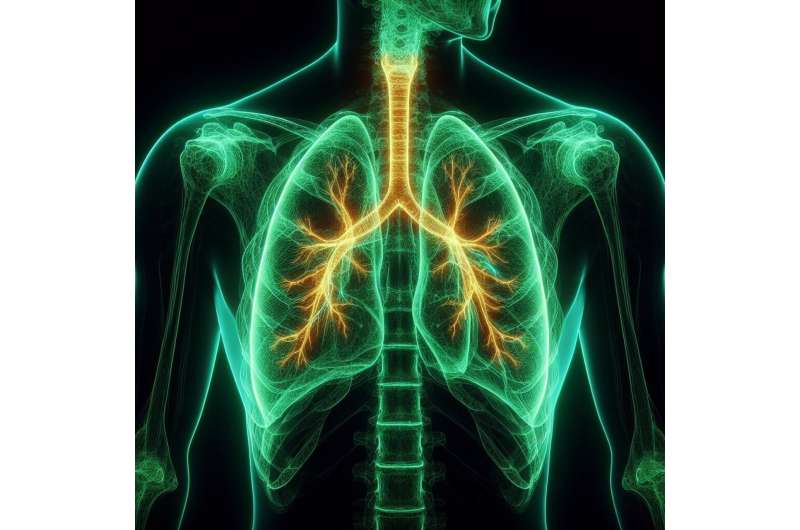Higher Rates of Leg Amputation Due to Arterial Disease in Disadvantaged Communities

A new study reveals that leg amputations caused by arterial disease are four times more common in disadvantaged communities in England, highlighting significant health inequalities and the urgent need for targeted prevention efforts.
Recent research from the University of Sheffield highlights a stark health disparity: individuals living in socioeconomically deprived areas of England are four times more likely to undergo leg amputation caused by arterial disease compared to those in more advantaged regions. The study, published in the journal BJS Open, analyzed hospital admission data over a 12-year period from 2006 to 2018 and identified significant inequalities linked to socioeconomic status and ethnicity.
Peripheral arterial disease (PAD), a condition characterized by the buildup of fatty deposits in the arteries supplying blood to the legs, often leads to severe complications such as infections and gangrene. When other treatment options have failed or are unavailable, amputation becomes a last resort. The research found that above-knee amputation rates were approximately four times higher, and below-knee amputations around three times higher, in the most disadvantaged areas.
While there has been a decline in amputation rates among residents over 65 years across all socioeconomic groups during the study period, rates among those under 65 remained largely unchanged. The findings underscore the urgent need for targeted interventions in deprived communities to prevent arterial disease and improve patient outcomes.
Professor Ravi Maheswaran emphasized the profound impact of these disparities, stating that preventing limb loss requires enhanced efforts in at-risk areas to better manage peripheral arterial disease, thereby reducing both amputation rates and post-amputation mortality.
This study sheds light on the critical importance of addressing socioeconomic factors in healthcare strategies to combat preventable amputations resulting from peripheral arterial disease.
[Source: https://medicalxpress.com/news/2025-06-leg-amputation-arterial-disease-higher.html]
Stay Updated with Mia's Feed
Get the latest health & wellness insights delivered straight to your inbox.
Related Articles
Post-COVID Lung Abnormalities Commonly Improve Over Time, New Consensus Confirms
Expert consensus reveals that lung abnormalities after COVID-19 infection typically regress or stabilize over time, with severe fibrosis being rare. This guideline helps improve diagnosis and management of long COVID-related lung issues.
New Research Highlights the Role of a Chinese Genetic Variant in Alzheimer's Disease Progression
A recent study reveals that the TREM2 H157Y genetic variant significantly increases Alzheimer's disease risk among Chinese populations, leading to faster progression and more severe neurodegeneration. Discover the implications for personalized treatment and future research.



